You’re relocating, and you’re not sure of where to start? Does thinking about the last time you moved cause you anxiety? Breathe slowly and don’t panic; we have all the proven moving tips that have been tested by professional movers and can make the entire process easier.

How Can I Make Moving Easier
As with pretty much everything else, it is all in your head. If you convince yourself that this is going to be a nerve-wracking experience that’s going to cost you a lot of time and nerves, you’ll hardly avoid getting moving stress. So don’t put too much pressure on yourself in advance; start slowly and plan everything you can ahead. That should help you avoid any negative surprises.

How Should I Organize Before Moving
Many people neglect the power of organization in situations like this, even though that is the only way to do it right. Whether you are making a college packing list or moving expenses checklist, the more of these lists you have, the better. Lists will keep you on track with the stuff you’ve done, and more importantly, stuff that is still ahead of you. You can create a list for every room, category, etc. So here is our example of one brief moving to-do list with all the important things that should be done. You can customize it, add comments, notes, or just tick the box once you are done with a specific task.
When Should I Start Packing to Move?
This usually depends on how much time you have. Some people have two months to think about this, while others have only two weeks or less. So it all depends on your organization, but the more time you have, the sooner you should start because that is one way to avoid forgetting some of the most commonly forgotten things to pack. Begin with things you do not frequently use, such as seasonal wardrobe and stuff in your garage, and then, as the relocation day approaches, move on to more and more things from your household.

What Is the Best Way to Pack for Moving?
There are so many techniques and tips when it comes to this. There’s a huge difference between knowing how to move a gun safe and how to pack books for moving. There are different moving hacks for every category. Our advice to you is to find a system that works for you, whether it is to go with one room at a time, or to group items by categories, depending on whether you’ll use storage services, etc. However, before you start with it, don’t forget to check what the items movers won’t move are, so you don’t have to witty about that last minute.

10 Moving Tips and Tricks You Should Know
Whether you’re planning a local move or a long-distance one, it is always good to know a few tricks that could be helpful along the way. This is especially important if you’re on a budget and you’re looking for the cheapest way to move out of state. Some tricks could help you stay within the budget.
#1 Book Your Movers Early
The fact that there are so many companies in this industry tells us one thing: a lot of people are relocating. So the longer you wait to book your relocation, the higher the chances are that you might have to compromise. Also, if you plan to use auto shipping services, that is another thing to keep in mind when it comes to dates.
How to Find a Reliable Moving Company
If you don’t want to become a victim of moving scams, you’ll have to research the market and check all the reviews online thoroughly. Request several quotes and compare the offers, if something seems too good to be true, then there is usually something shady about it. Ask your friends for recommendations, or your future employer, if you’re relocating for a job.
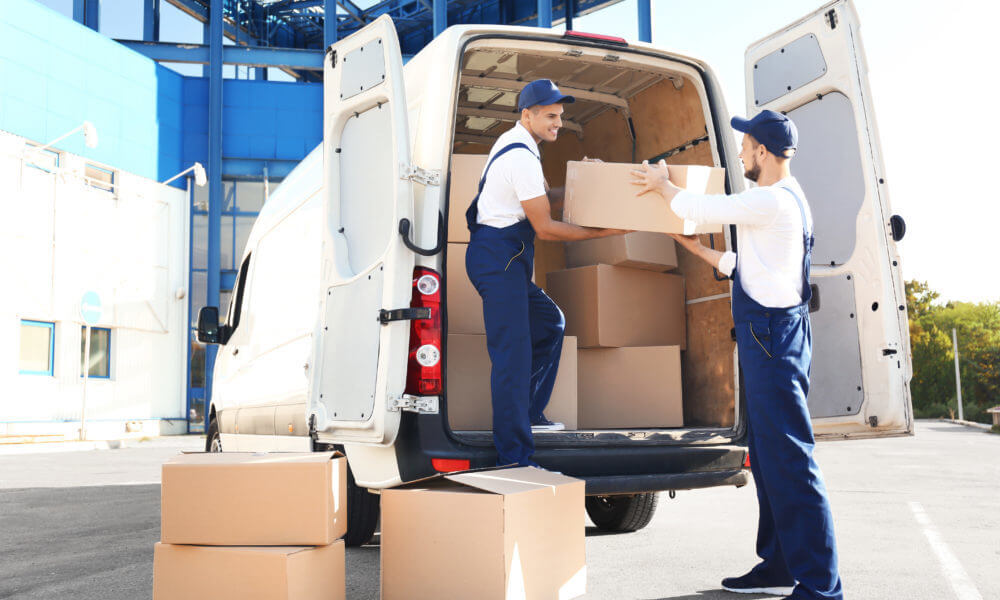
#2 Find Free Boxes and Supplies
If you’re one of those people who don’t throw boxes from appliances, now that’s going to start paying off. Not only will you have have the best protection for your TV and other devices, but you will also save some money on supplies. In case you don’t have them in your garage, ask your friends and family or a local grocery store; they always have some. Don’t spend too much on bubble wrap and wrapping paper. Your linens, blankets, socks, and clothes could be used for cushioning and wrapping fragile objects.
How to Find Cheap Boxes and Supplies Online
There are many people who try to spend less on relocating, but also a lot of people who are aware of how important it is to recycle. Freecycle is one of those online pages where you can find free goods and also perhaps offer something that you no longer want to keep and reduce the amount of stuff you’re transporting.
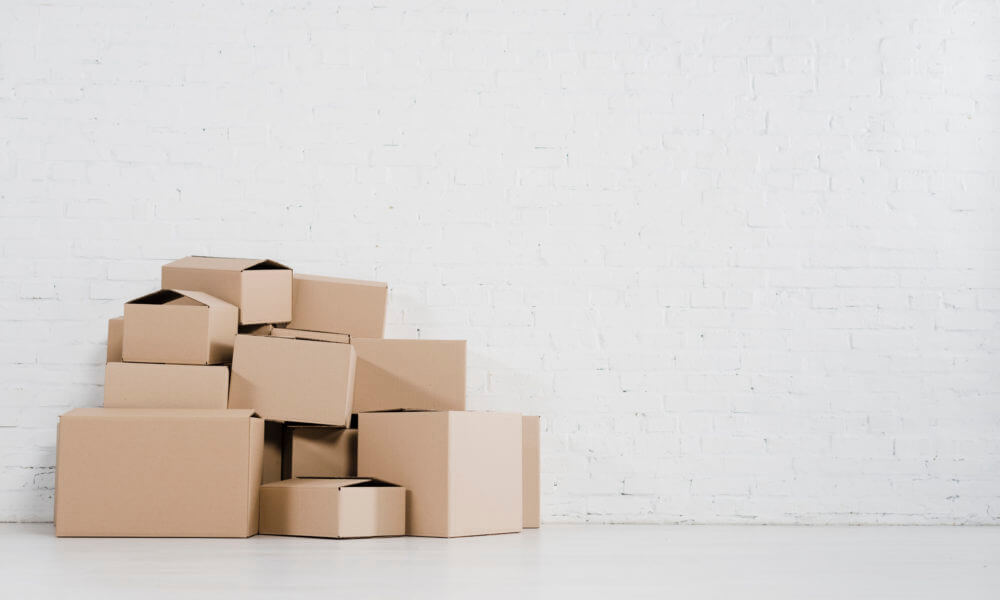
#3 Donate Some Items From Your Old Home
If you are planning to start fresh and get a lot of new stuff for your future home, you’re probably wondering what to do with old furniture, appliances, and things that can still be used. If you’re in need of money, you can always sell them, whether online or through a garage sale. However, you can always donate them to a local charity organization that offers to pick up the stuff from your house and help someone in need.
Charity Organizations That Accept Items You Don’t Use
To ease this for you, we curated a list of several organizations that accept donations and offer a pick-up service:
- Salvation Army
- Goodwill
- Furniture Bank
- Pick Up Please
- GreenDrop

#4 Take Pictures Before You Pack Everything
Whether you’re hiring professional movers to move your household items or you’re doing it on your own, it is always good to take pictures. But not for memory. When using the services of professional movers, your belongings are usually covered with moving insurance, so it is good to have proof of how everything looked before transportation because accidents can happen.
Taking Pictures While Packing
Here is a pro tip: if you are already in the process, and you are organizing and grouping your belongings, take a group photo of all the stuff that goes into one box. Trust us – it will help you a lot later when you forget what is where. You can always make lists, but this is perhaps faster and better for those of you who are visual types.
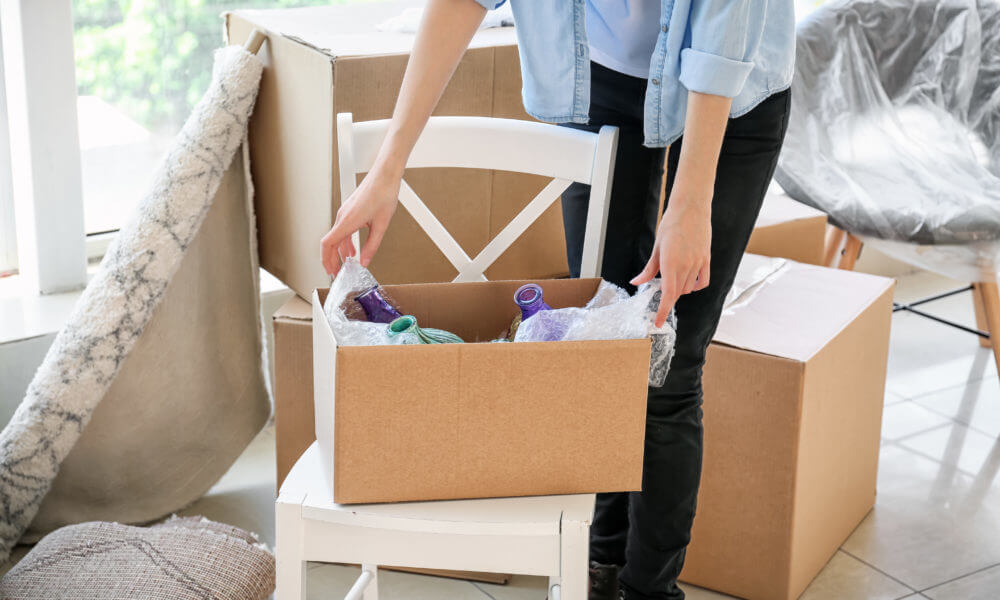
#5 Try New Hacks for Packing Heavy Objects
Somehow it is always tempting to place heavy objects into large boxes. That is one common mistake we all made once. There’s always room for more stuff in that box, and it is just going to be even heavier. If you don’t have the original packaging of a certain appliance, place it in a smaller box. It will be easier to carry around, and you’re not risking breaking it.
Pack Them In Your Suitcase
Just imagine a box full of heavy books, appliances, and other stuff. It is hard to lift, hard to carry, and hard to navigate through the hallways. That is why all that heavy stuff should go on wheels, and when we say wheels, we mean suitcase wheels. You will have no trouble pulling and pushing them around.
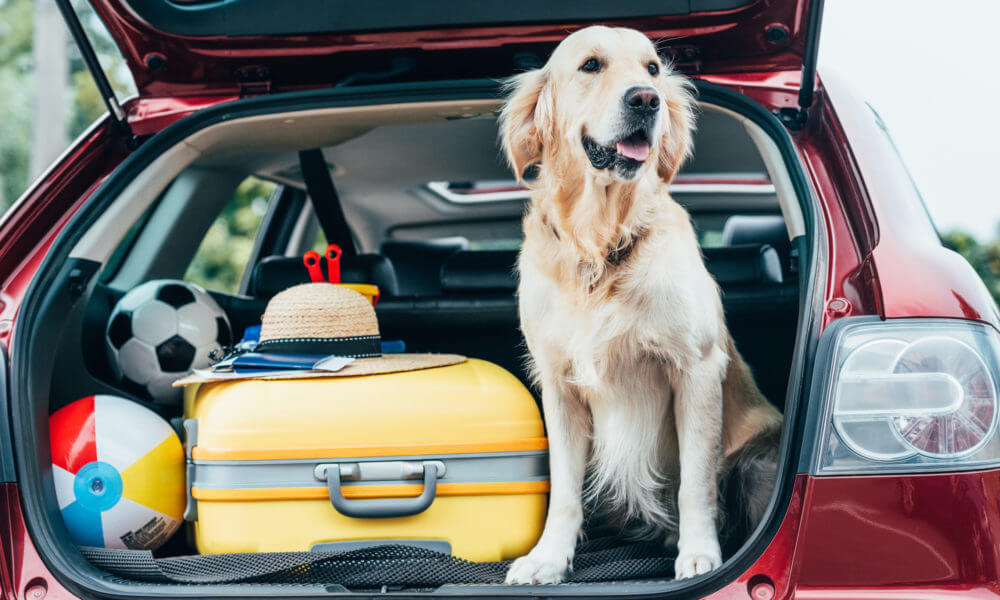
#6 Structure Your Packing Day and Go Room by Room
You will be tempted to mix up and change the content of your boxes because there will always be some free space to fill in. However, do that only with linens, towels, and other stuff that can be used for cushioning. Everything else should be packed room by room, separately: kitchen, bathroom, bedroom, etc.
Labeling and Organizing
There are so many ways for labeling, but the best one is to combine the two most popular approaches: color coding and writing. Every room should get a specific color that goes onto each package, but don’t be too lazy to write down a few key pieces that are inside. Some people also rely on numbers, but you can develop your own system. It will help you figure out what is where once you begin unpacking.
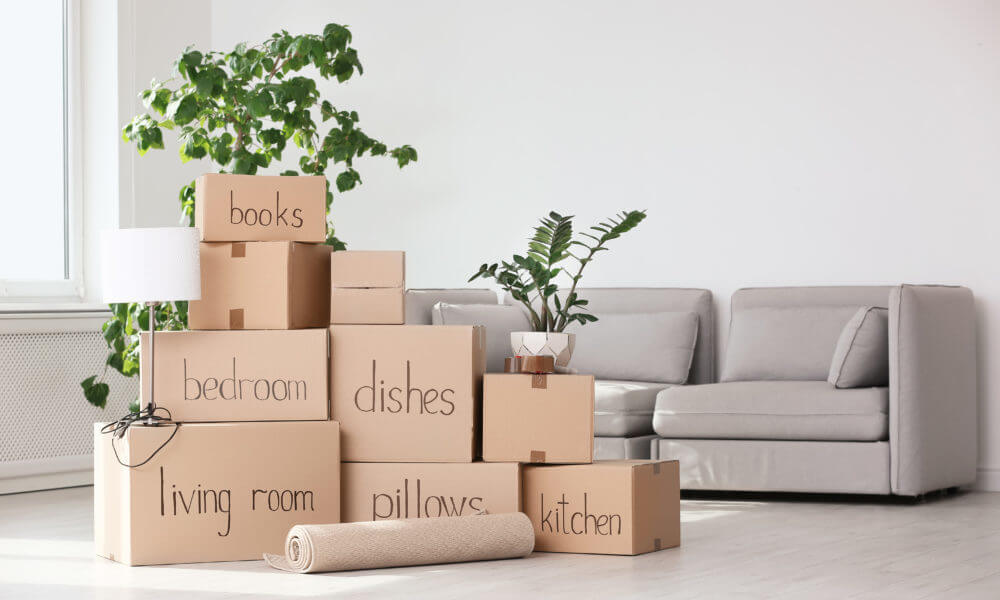
#7 Keep Your Drawers Empty
A lot of companies will ask you to empty all your drawers. It is usually better to do that because there is always a risk that something will fall out or move around and make a mess inside. And of course, it is much easier to move a piece of furniture with empty drawers.
How Not to Empty Your Drawers
Here is a little twist to this story; you can leave your drawers full and wrap them with plastic foil to prevent stuff from falling out. And then wrap around the entire piece of furniture with drawers inside so that they don’t move during transport. Both options are viable, especially if you don’t depend on a company and you’re doing this on your terms.
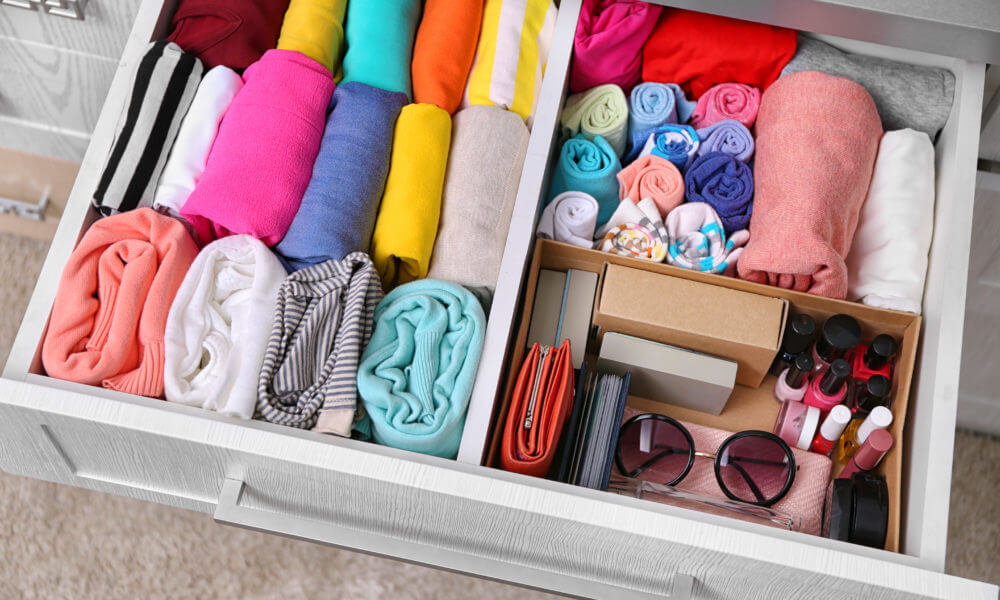
#8 Use a Plastic Bag or Container for Your Essentials
Last-day essentials are crucial. Those are the things you’ll need while you’re still in the house and quickly after you enter your new home. If you have a plastic and transparent bag or container, it is better to use that because it will be easier to find your toiletries and other essentials.
What Goes in the Essentials Bag
- A set of clothes and underwear
- Toothbrush and toothpaste
- Chargers
- Documents
- Valuables
- Snacks for the road (optional)

#9 Include the Kids in the Process
If you have children, you’re probably afraid of how you are going to pack everything with them running around the house. Many recommend hiring a sitter for those days. But depending on their age, you can also include them in the process. Let them wrap and store their toys. It will teach them how to be more responsible and careful with their stuff.
How to Move With Pets
If you are moving with pets, you should not forget to call your vet and ask if there is a need for vaccination, as well as check the health of your pet in general. Pets are like humans, so you should slowly let them know about the upcoming change. They might get fussy and nervous with too many boxes and stuff around the house, so do it gradually. Do not forget to check airline requirements for transporting animals, as well as their food and treats for the road.

#10 How to Survive the Unpacking Day(s)
If you thought that the worst part of relocating is behind you, you’re only partially correct. Unpacking can also be a stressful event, and the worst part is the fact that you don’t have a deadline, so many people take weeks before they fully unpack. Don’t do that, don’t live with a box in each room. Make a plan and, just like with packing, go room by room, one box after another, until everything is done.
Do the Cleaning Part Before Unpacking
Last but not least, if there is any cleaning, dusting, vacuuming, or wall painting that needs to be done in your new place, do it before you even open the first package. Yes, you will certainly have to clean it all once you throw out all the leftover supplies, but it will be much less work, and cleaning goes faster when there’s not a lot of stuff everywhere.

You’re Now Ready for Relocating
All these tips and tricks can be applied and adapted to any scenario. Whether you’re changing cities or states, relocating requires logistics and creativity, and it is never going to be a piece of cake. But with these tricks, it will certainly be a lot more organized and efficient.





